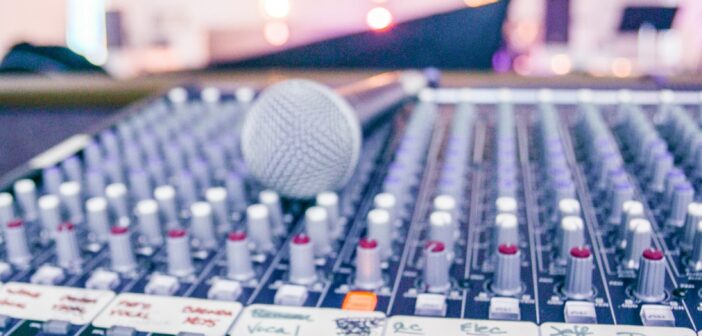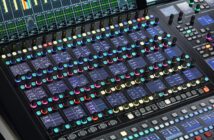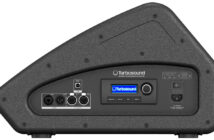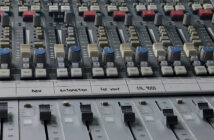An auxiliary on a mixing console is an additional output channel that can be used to send a separate audio signal to an external device, such as a recorder or a sound reinforcement system. This allows you to create a working copy of the audio signal being processed, which can be useful for various reasons. For example, you could use an auxiliary to record a live mix during a concert, to send an instrument’s audio signal to a guitar amp effect, or to create a separate track for an instrument or a vocal during mixing.
Pre-fader auxiliary
A pre-fader auxiliary on a mixing console is an additional output channel that is fed by the audio signal before the main channel fader. This means the level of the signal sent to the auxiliary will not be affected by the main channel’s level settings. This can be useful in situations where you want to send a signal to an external device independently of the main signal level. For example, you could use a pre-fader auxiliary to send an instrument’s audio signal to a guitar amp effect while continuing to control the instrument’s level in the final mix using the main channel fader.
Post-fader auxiliary
A post-fader auxiliary on a mixing console is an additional output channel that is fed by the audio signal after the main channel fader. This means the level of the signal sent to the auxiliary will be affected by the main channel’s level settings. This can be useful in situations where you want to send a signal to an external device in sync with the main signal level. For example, you could use a post-fader auxiliary to send an instrument’s audio signal to a recorder live during a concert while controlling the instrument’s level in the final mix using the main channel fader.
Using auxiliaries to set up stage monitors
It is common to use a mixing console’s auxiliaries to manage stage monitors, also called “stage wedges” or “monitor speakers.” Stage monitors are speakers or headphones used by musicians on stage to hear their own performance as well as other instruments and the backing track.
To use the console’s auxiliaries to manage stage monitors, you can follow these steps:
- Create auxiliary channels for each required stage monitor.
- Send the desired audio signal to each auxiliary channel. For example, you might send each instrument’s audio signal to the corresponding auxiliary for each musician.
- Connect the stage monitor speakers or headphones to each auxiliary channel using appropriate cables.
- Adjust the level of each auxiliary channel to control the volume of each stage monitor.
- Use the tone and EQ settings on each auxiliary channel to adjust the sound of the stage monitors to your preferences (the overall tone of a monitor mix can be adjusted via a graphic EQ connected to the console’s auxiliary output).
It is important to take the time to properly set up the stage monitors, as this can have a significant impact on the quality of the musicians’ performance on stage.
Stereo auxiliary
A stereo auxiliary on a mixing console is an additional output channel that allows you to send a stereo audio signal to an external device. The stereo audio signal includes two separate audio channels, one for the left channel and one for the right channel, which are combined to create a three-dimensional sound image.
Stereo auxiliaries can be used in various ways in the context of a mixing console. For example, you could use a stereo auxiliary to send a final stereo mix to a recorder live during a concert, to send an instrument’s audio signal to a stereo reverb effect, or to create a separate track for an instrument or a vocal during mixing.
Differences between matrices, buses, and auxiliaries: everything you need to know to avoid mistakes
Mixing matrices are audio tools that allow you to create flexible connections between different audio signal sources and different destinations. They are often used in recording studios, rehearsal rooms, and live events to allow sound engineers to easily control and manipulate audio signals in order to provide a similar signal on multiple outputs, often destined for delay speakers, press boxes, or recorders.
A mix bus is a set of mix channels that allows a group of audio signals to be processed similarly. For example, a monitor bus can be used to send the same audio signal to different stage monitors, while a group bus can be used to group several mix channels into one so they can be processed uniformly. Using a bus fader allows you to adjust the volume of several console channels in a single movement.
An auxiliary is an additional mix channel that can be used to send audio signals to specific destinations, such as external effects or monitoring speakers. Mix auxiliaries allow sound engineers to process audio signals independently and send them to specific destinations without affecting the main mix. The advantage is that it is often possible to choose whether they are pre or post fader so they can be used for effect sends or for other functions mentioned earlier in this article.




